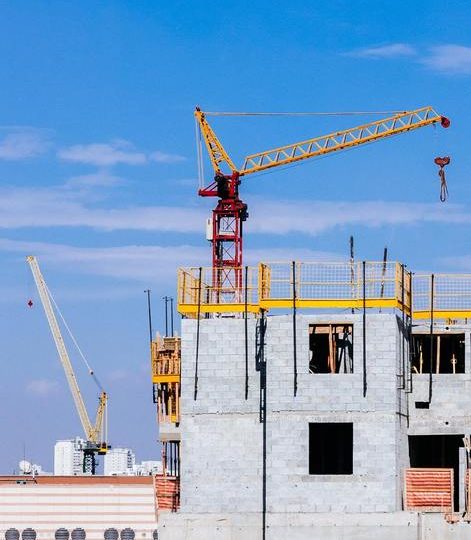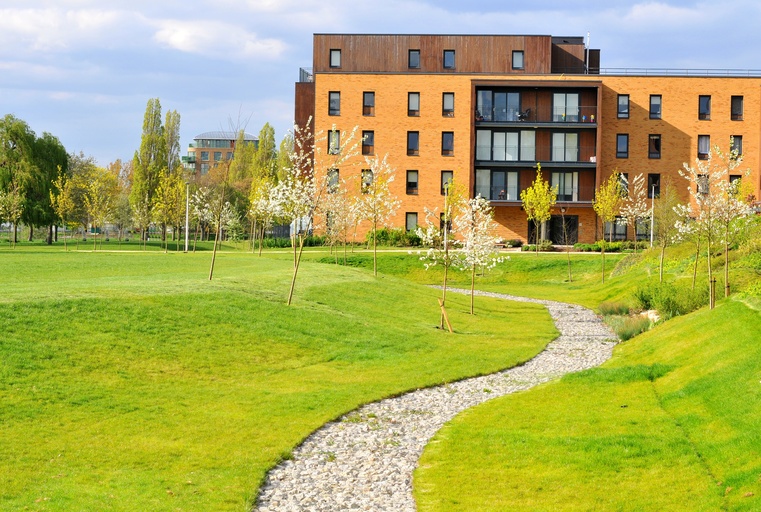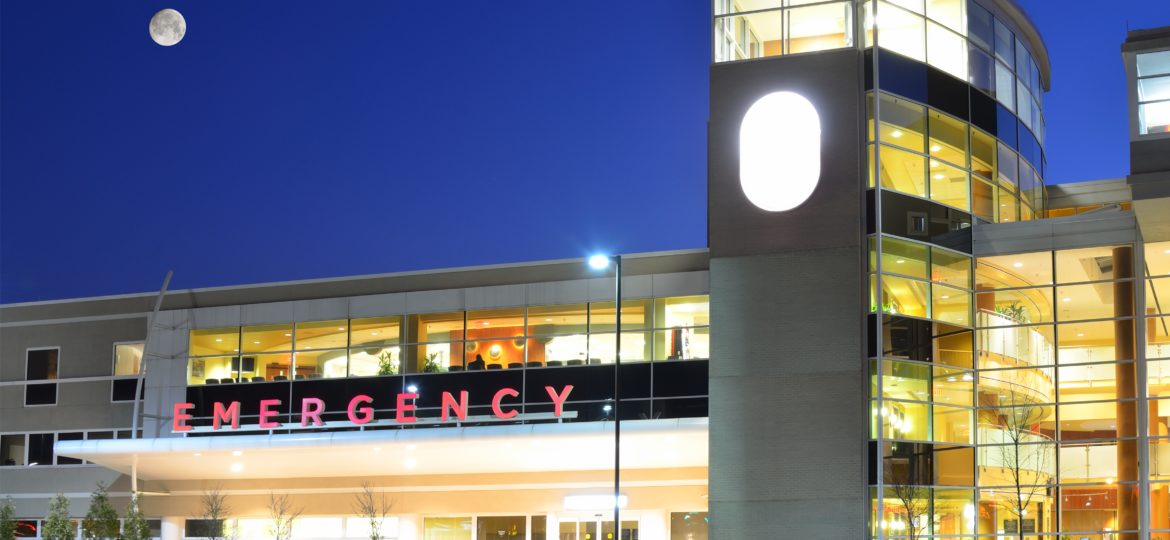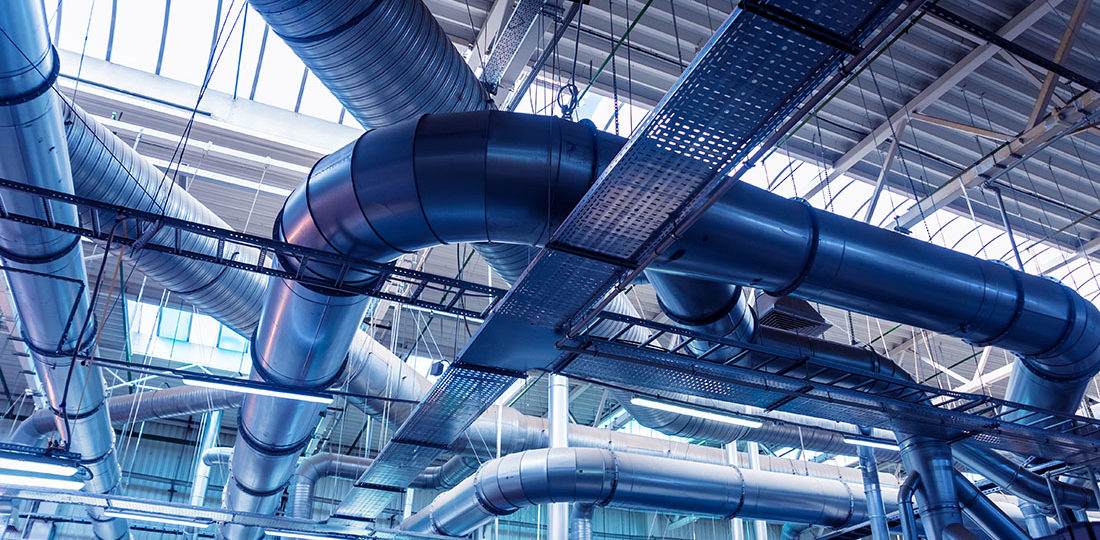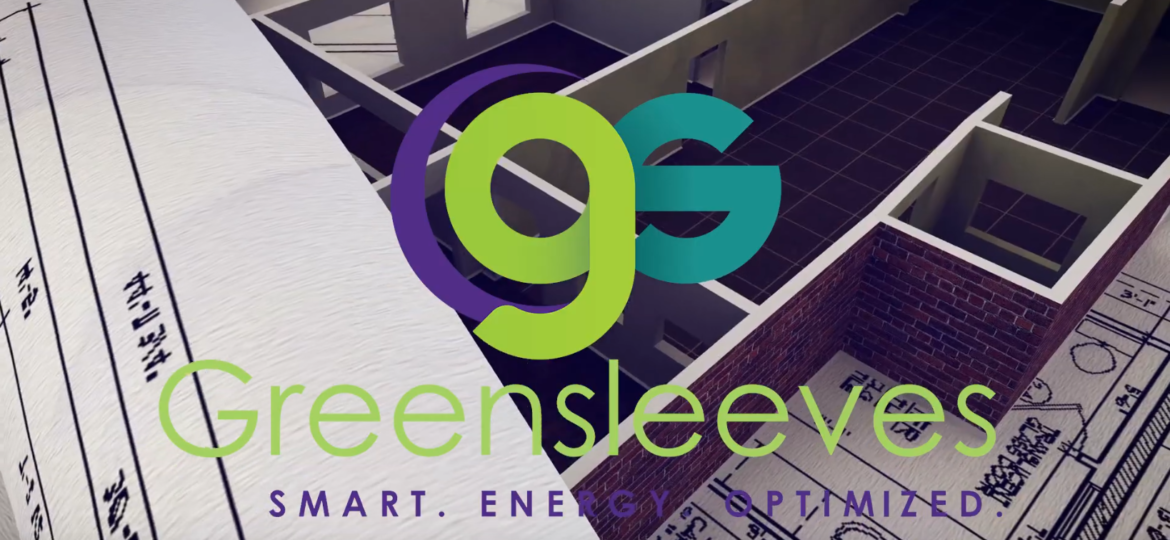The novel coronavirus has completely transformed our way of living, forcing us to social distance, work from home, and even shelter in place. Society is functioning differently and through the treacherous and scary unknowns, we’ve caught the glimpse of what looks like a silver lining. Major behavior changes have forced a decline in CO2 emissions,
- Greensleeves Technologies Corp.
- 1354 E Broadway St, Toledo, Ohio 43605
- +1-419-420-1515
- ENtellect Account
- Log in to your account here
Author
Geothermal Energy in Retirement Facilities
Retirement facilities are a popular choice for many of our aging family members. And, just like most households, our family members in retirement facilities have unique heating and cooling needs based on their own body chemistry and health. This is precisely why some healthcare retirement facilities provide each residential unit with independent heating and air-conditioning
Geothermal and Hospitals – The Perfect Energy Partners
It’s true, as a hospital you can lower both gas and water consumption and decrease health damaging CO2 emissions. How? By simply incorporating optimized geothermal energy into your existing and new facilities. It’s that easy! As it is, healthcare costs and risks are high enough. No hospital wants to needlessly waste money on gas and
There’s A Better Way To Raise Fish
Whether you are raising hatchery fish for general stocking or commercially growing fish for consumption, there is no better or more economically efficient way to maintain optimal water temperature for any fish species than with geothermal energy. Geothermal energy uses the natural, self-sustaining and year-round constant temperature of the earth to create optimal water temperature
Geothermal Technology Cuts Costs in Schools
Our schools have the very challenging goal of providing our youth with more education using less money. Many schools are maximizing their education dollars by reducing their operating and maintenance costs. Unfortunately, this balance is not sustainable unless schools can deliver more cost-effective and efficient heating and cooling for the students, faculty, and staff. More
Renovating with Geothermal
Once a decision has been made to replace or upgrade an outdated HVAC system, it is time choose a system that offers the most energy-efficient options. Geothermal systems offer coefficients of performance between 3.4 – 6.0. That’s 340% to 600%! This is more efficient than any other HVAC system in the marketplace today. In addition,
Geothermal and the US Military – Working Together
US military installations support the troops protecting America’s people and our National interests at home and abroad. The US Energy Department has been attempting to trim the Federal government’s annual energy bill and is actively working with our military bases to reach specific energy and greenhouse gas reduction targets. An important function on any military
Lowering grow house energy costs
The main task of grow houses is to provide optimized conditions for plant development at the least cost. Although most modern grow houses are exceptional at managing energy from the sun, they have been forced to use unnecessarily expensive supplemental energy from natural gas, fossil fuel, space heaters, forced air, hot water, steam, and electricity.



